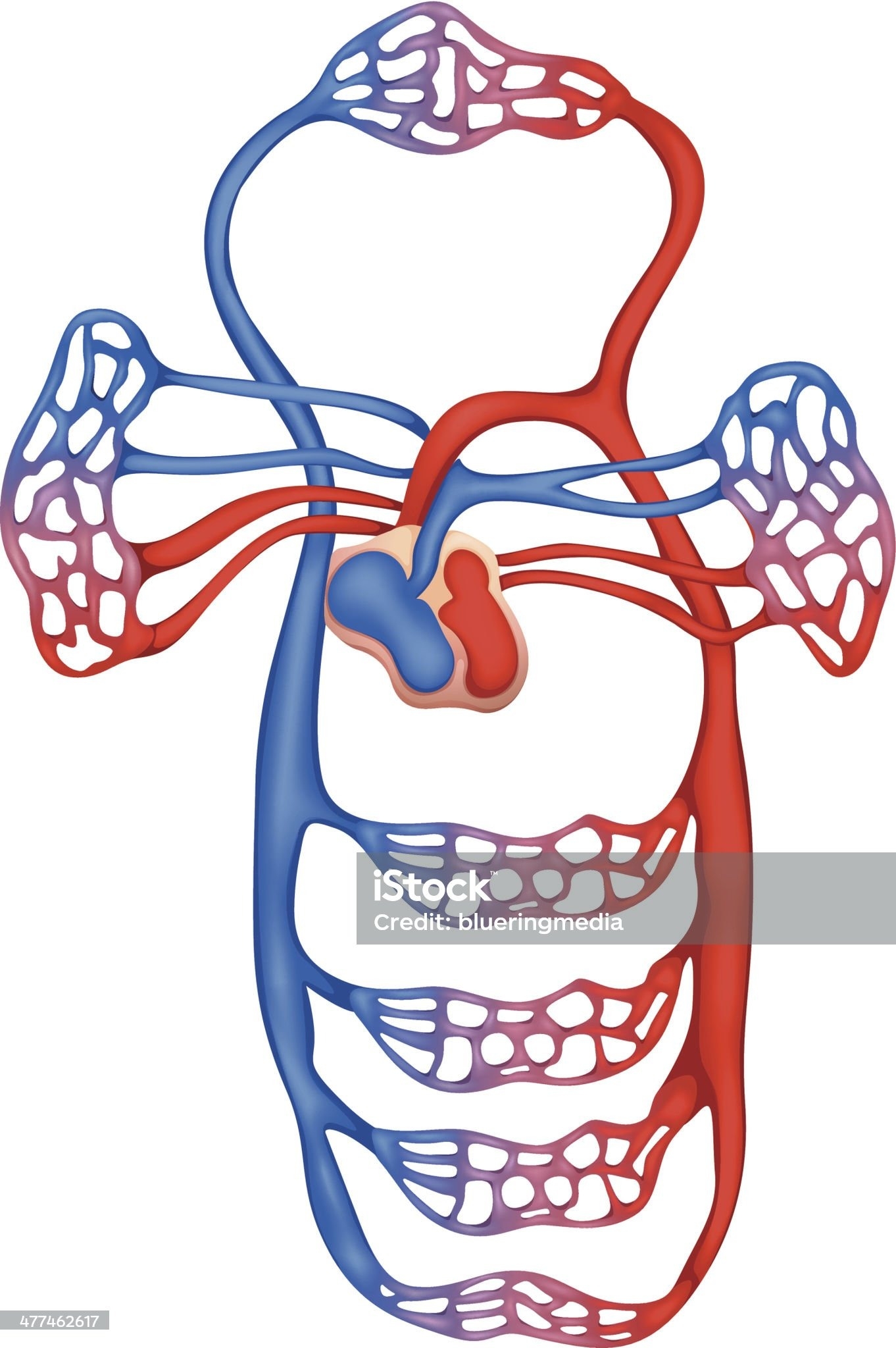Arteriovenous Fistula: What It Is and How It Is Treated in Vascular Surgery
Arteriovenous Fistula: What It Is and How It Is Treated in Vascular Surgery
An Arteriovenous Fistula (AVF) is an abnormal connection between a vein and an artery. Typically, veins are connected to arteries by tiny blood vessels called capillaries. The capillaries bring oxygen-rich blood to other tissues around the body as it circulates through the arteries of the body. In the case of an AVF, however, blood travels directly from the artery to the vein, preventing the tissues around it from receiving the blood they need.
While an AVF can develop anywhere in the body, they are most common in the legs. Small AVFs do not often exhibit symptoms. However, larger AVF’s can cause bulging along the surface of the skin, similar to varicose veins although they are NOT varicose veins. Some cause swelling or pain. People can be born with an AVF while others may develop them later, often from trauma or dialysis-related surgery. AVFs can range from mildly symptomatic to severe. If left untreated, serious AVFs can lead to other health complications including heart failure, internal bleeding, blood clots, or claudication.
Diagnosis and Treatment of AVFs
AVFs are diagnosed by a healthcare provider. They will start by using a stethoscope to listen to the blood flowing through your limbs. In people who have an AVF, the blood flow through the fistula can sound like it is humming. If the healthcare provider suspects you have an AVF, they will request other tests to confirm it. These may include:
Living with an AVF
The way an AVF can impact your life depends on its location and size. Small AVFs may provoke no symptoms and will only require monitoring, while larger AVFs can lead to uncomfortable or even life-threatening symptoms. If you have been diagnosed with an AVF or are exhibiting signs of an AVF, be sure to work closely with your healthcare professional to manage the condition before it leads to other complications.
Schedule Your Appointment at The Vascular Institute of the Rockies
The trusted team at The Vascular Institute of the Rockies is committed to helping you live the healthiest life possible by promoting a healthy vascular system. If you think you may be suffering from symptoms of an Arteriovenous fistula, do not wait to schedule an appointment with your healthcare provider. They can determine if you need specialized care from the experiences team at Vascular Institute of the Rockies.
Go Back An Arteriovenous Fistula (AVF) is an abnormal connection between a vein and an artery. Typically, veins are connected to arteries by tiny blood vessels called capillaries. The capillaries bring oxygen-rich blood to other tissues around the body as it circulates through the arteries of the body. In the case of an AVF, however, blood travels directly from the artery to the vein, preventing the tissues around it from receiving the blood they need.
While an AVF can develop anywhere in the body, they are most common in the legs. Small AVFs do not often exhibit symptoms. However, larger AVF’s can cause bulging along the surface of the skin, similar to varicose veins although they are NOT varicose veins. Some cause swelling or pain. People can be born with an AVF while others may develop them later, often from trauma or dialysis-related surgery. AVFs can range from mildly symptomatic to severe. If left untreated, serious AVFs can lead to other health complications including heart failure, internal bleeding, blood clots, or claudication.
Diagnosis and Treatment of AVFs
AVFs are diagnosed by a healthcare provider. They will start by using a stethoscope to listen to the blood flowing through your limbs. In people who have an AVF, the blood flow through the fistula can sound like it is humming. If the healthcare provider suspects you have an AVF, they will request other tests to confirm it. These may include:
- Duplex ultrasound
- Computerized tomography (CT) angiogram
- Magnetic resonance angiography (MRA)
- For AVFs in the legs that are easily detected on an ultrasound, ultrasound-guided compression may help by pressing an ultrasound probe on the affected area, thereby impeding blood flow to the fistula, and causing it to shut down.
- Catheter embolization: a small tube is inserted into the AVF followed by placement of a small coil or stent. This causes the blood to reroute around the fistula.
- For severe cases with larger AVFs, surgical treatment may be necessary.
Living with an AVF
The way an AVF can impact your life depends on its location and size. Small AVFs may provoke no symptoms and will only require monitoring, while larger AVFs can lead to uncomfortable or even life-threatening symptoms. If you have been diagnosed with an AVF or are exhibiting signs of an AVF, be sure to work closely with your healthcare professional to manage the condition before it leads to other complications.
Schedule Your Appointment at The Vascular Institute of the Rockies
The trusted team at The Vascular Institute of the Rockies is committed to helping you live the healthiest life possible by promoting a healthy vascular system. If you think you may be suffering from symptoms of an Arteriovenous fistula, do not wait to schedule an appointment with your healthcare provider. They can determine if you need specialized care from the experiences team at Vascular Institute of the Rockies.
